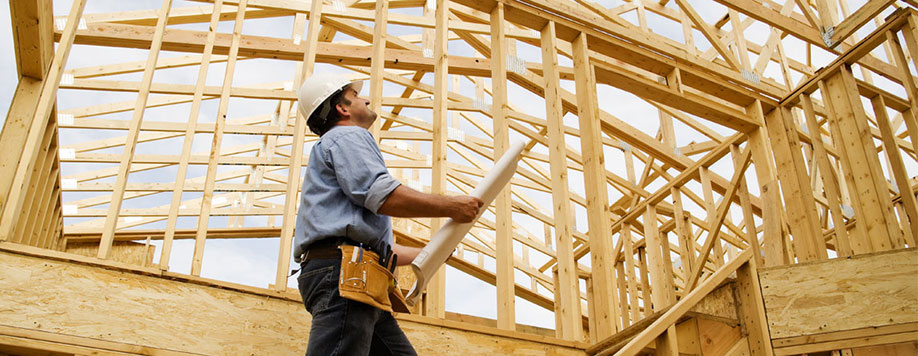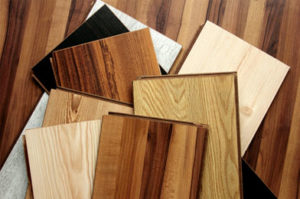



« Learn more about other chemicals used in Building and Construction
Formaldehyde is one of the most well-studied and well-understood compounds. It occurs naturally, in living cells, and is exhaled by human breath. Formaldehyde is also man-made for the manufacture of a variety of industrial applications – including materials that the building and construction industry rely on every day.
The construction industry consumes 60 to 70 percent of total formaldehyde produced in the United States, and formaldehyde producers provide significant contributions to the U.S. building and construction industry by supporting over 91,000 jobs and over $300 billion in sales. While formaldehyde is an essential building block in a diverse range of products, its end use is primarily in a converted form. That means virtually all the formaldehyde is consumed in making the final product.
Few, if any, compounds can replace formaldehyde chemistry in creating high-quality resins without compromising quality and performance. Formaldehyde-based resins are used to manufacture composite and engineered wood products used in cabinetry, countertops, moldings, furniture, shelving, stair systems, flooring, wall sheathing, support beams and trusses and many other household applications.
Glues that use formaldehyde-based chemistry as a building block are exceptional bonding agents, delivering high-quality performance that is extremely economical.

The use of formaldehyde-based resins in wood panel and board products also enables the sustainable use of forest resources and minimizes waste, as composite wood panels, such as particleboard, are typically made from recovered wood waste that would otherwise be burned or disposed of in a landfill.
Composite panels allow for more than 95 percent of the tree to be used, compared to only 63 percent of a tree that can be used in solid lumber.
Not only does formaldehyde-based chemistry lead to greater utilization of wood, but it helps create stronger, more durable finished building materials than using wood alone.
Studies show that formaldehyde does not accumulate in people or animals because it is quickly broken down by the body’s natural metabolic processes. In the environment, formaldehyde is quickly broken down in the air by moisture and sunlight, or by bacteria in soil or water. Numerous studies show that levels of formaldehyde normally found in homes and offices are close to naturally occurring background levels, and do not pose a human health risk.
Since indoor air concentrations are far below levels that cause sensory irritation; it is not plausible that everyday low exposures to formaldehyde would be associated with asthmatic symptoms.
Both the Agency for Toxic Substances and Disease Registry and the World Health Organization have concluded that there is no scientific evidence that children are more or less susceptible to formaldehyde exposures than adults.
Congress, regulators and industry have made significant strides over the past several decades to reduce formaldehyde emissions from composite wood products:
The U.S. Department of Housing and Urban Development (HUD) also has long had standards in place that limit formaldehyde emissions from wood products used in manufactured housing.
Three federal agencies – the U.S. Environmental Protection Agency, the Consumer Product Safety Commission and HUD – have extensively evaluated and controlled indoor air exposure to formaldehyde. Industry voluntarily adopted product emission standards and developed low-emitting formaldehyde-based resins in the 1980s. As a result, indoor formaldehyde emissions have declined significantly since then.
The Formaldehyde Standards for Composite Wood Products Act was signed into law in 2010, establishing a framework for regulating emissions from composite wood products at the national level and is based on the California Air Resources Board (CARB) Airborne Toxic Control Measure (ATCM) – the most stringent in the world.
Implementing CARB’s regulations on a national level would create consistent – and stringent – emissions standards for all composite wood products manufactured in North America or shipped into and sold in the U.S.